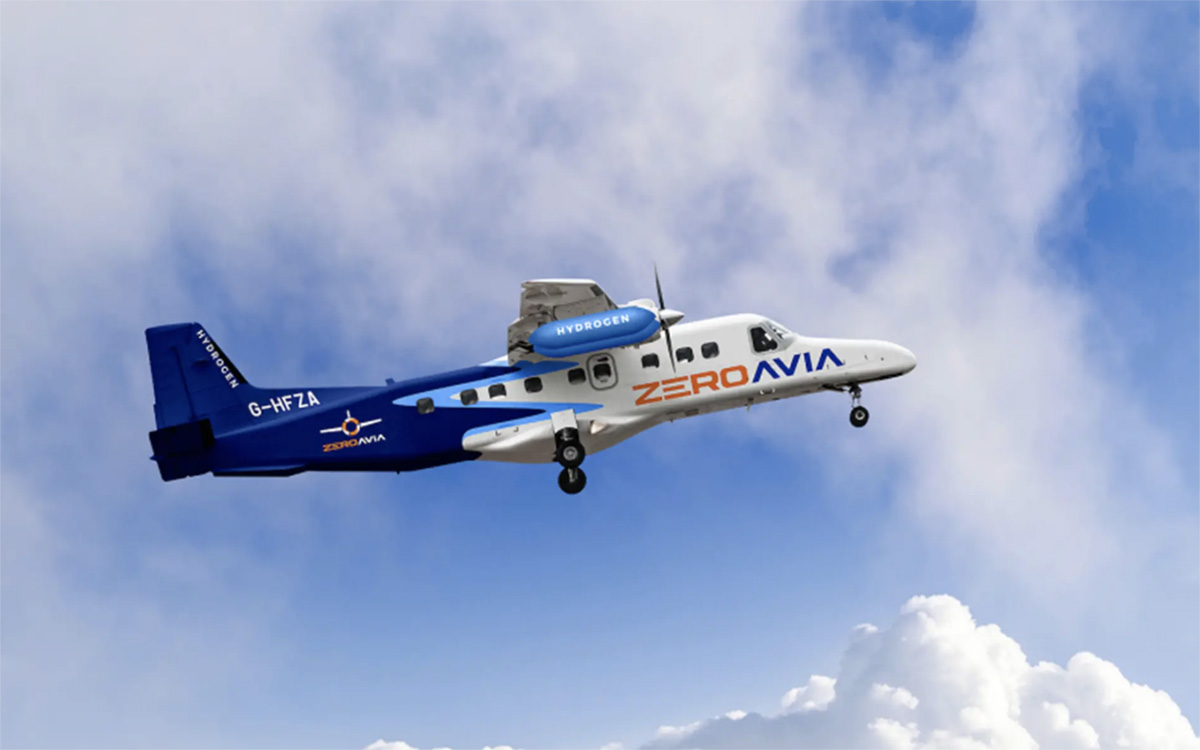There are many leading companies in the aviation sector that have made strong commitments to ZeroAvia technology. Now the company has declared raises $30 million in funding from new investors, including the International Airline Group. This economic amount adds to what was obtained a few months ago and has a total of 68 million dollars that will be directly used to accelerate the development of future electric aircraft powered by hydrogen fuel cells.
To date, ZeroAvia has obtained experimental certificates for its two functional engine prototypes in the United States and the United Kingdom. The company’s main tests are now focused on the approval and refinement of its 600 kW powertrain, which they expect to be completed by 2024. This mechanical block will be coupled to a small aircraft with a capacity of between 9 and 19 passengers and a range of 500 kilometers. Next, it will begin with testing a version with a power between 2 and 5 MW and a range of 1,200 kilometers, which will propel aircraft with a capacity of between 40 and 80 passengers, something they expect to be fully equipped. period of 4 years. .
With this foresight, ZeroAvia has substantial additional investments from companies such as Alaska Air Group or United Airlines. In recent hours, as a result of securing a new investment, the International Airlines Group (IAG) has announced an increase in its initial investment, which was made several months ago. The group has joined forces with Barclays Sustainable Impact Capital and NEOM, the city of the future in Saudi Arabia.
Increased investment by the International Airlines Group has brought with it an important group of European airlines, Among them are Spanish Iberian or British Airways, among others. As such, ZeroAvia now has a portfolio of major airlines that are expected to be operational in the years to come. IAG is the first airline group in the world to declare its commitment to achieving net emission levels by 2050.
The new funds obtained in the last round of this financing will leave directed almost entirely to high-power engine development programs for high-occupancy aircraft, i.e. blocks between 2 and 5 MW. Aircraft using this mechanism will use liquid hydrogen as fuel, which will provide a higher energy density, resulting in a wider flight range and payload capacity.
In addition, these funds will also be channeled to development and subsequent construction of the necessary infrastructure at different airports, initially to be able to conduct live demonstrations and testing of his HARE (Hydrogen Airport Refueling Ecosystem). Currently, the airline is conducting tests on the smallest hydrogen engine (power 600 kW), this model is expected to complete the first flight tests starting next year.

“Entrepreneur. Internet fanatic. Certified zombie scholar. Friendly troublemaker. Bacon expert.”







